the consultation is open until 2 November 2022 - your feedback will influence the further development of the Cloud and its services.

Zahra Ibrahem, CC BY-SA 4.0 <https://creativecommons.org/licenses/by-sa/4.0>, via Wikimedia Commons
Stakeholders Consultation >>> SURVEY
What is “the Cloud”?
The European Collaborative Cloud for Cultural Heritage, the Cloud, is a European Union initiative for a digital infrastructure that will connect cultural heritage institutions and professionals across the EU and develop specific digital tools for this sector.
The Cloud will join and mutually re-inforce other past and future European initiatives such as Europeana or the common European Dataspace for Cultural Heritage.
A Cloud for what?
The Cloud will help all cultural heritage institutions, of all sizes and types, to work with their digital objects more visibly, more interconnected, more harmonized and more informed, to become successful players in the digital realm. It will unlock the untapped potential of the sector by organizing joint exhibitions, digitizing artefacts, researching artworks, and documenting data thus strengthening the digital dimension to cultural heritage preservation, conservation, and restoration as well as management and reach out.
This will enable unprecedented transdisciplinary and large-scale collaboration between specialists, who, by remotely connecting to this platform, will be able to work in a highly professional digital working space using state of the art tools independent from their location and time.
The Cloud will also help generate new income for the cultural heritage institutions by opening new opportunities for marketing and commercialization, in the particular of the digital dimension of the cultural heritage sector.
How did we get here?
The European Commission launched this initiative on the request of the European Parliament and the Council of the EU.
Eight independent renowned experts in the field of cultural heritage were commissioned to carry out an ex-ante impact assessment that laid the basis for the concept of this initiative by helping identify the existing technological solutions in the field.
Please, find here all the details on Report on a European collaborative cloud for cultural heritage: https://op.europa.eu/s/w4bg
We want to hear your voice!
By answering this questionnaire, you will help us to better focus on your needs and prioritize research on the tools you would like at your disposal to be developed for the Cloud.
Your feedback will influence the further development of the Cloud and its services.
Stakeholders Consultation >>> SURVEY
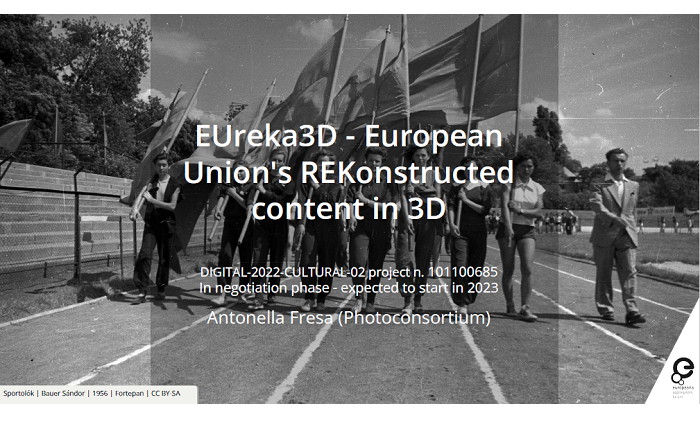 EUreka3D is a project funded by the Digital Europe Programme of the European Union, to support the digital transformation of the cultural heritage sector, by offering capacity building and training, and new services, to Cultural Heritage Institutions facing the challenge of advancing in the digitization effort, especially in 3D.
EUreka3D is a project funded by the Digital Europe Programme of the European Union, to support the digital transformation of the cultural heritage sector, by offering capacity building and training, and new services, to Cultural Heritage Institutions facing the challenge of advancing in the digitization effort, especially in 3D.

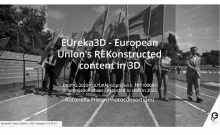
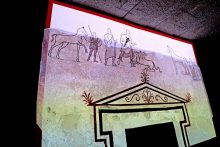
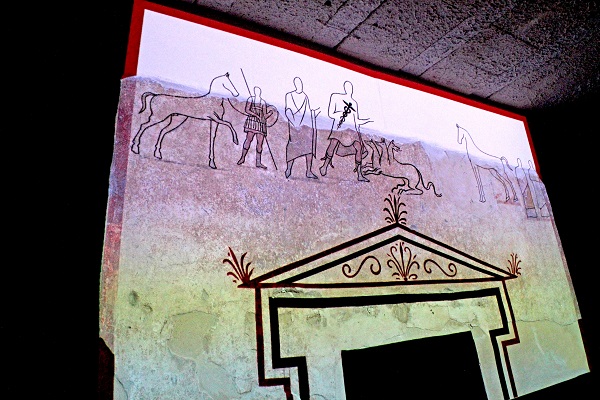









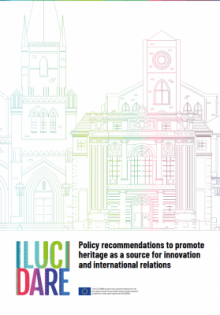
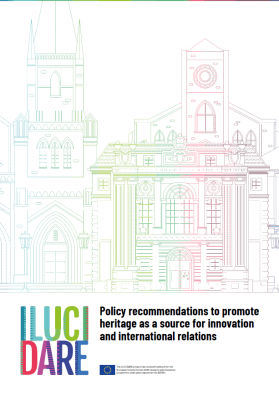 ILUCIDARE was a three-year EU-funded H2020 project aimed at establishing an international network promoting heritage as a resource for innovation and in international relations through a diversity of collaborative activities.
ILUCIDARE was a three-year EU-funded H2020 project aimed at establishing an international network promoting heritage as a resource for innovation and in international relations through a diversity of collaborative activities.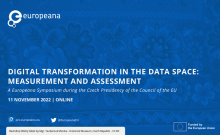
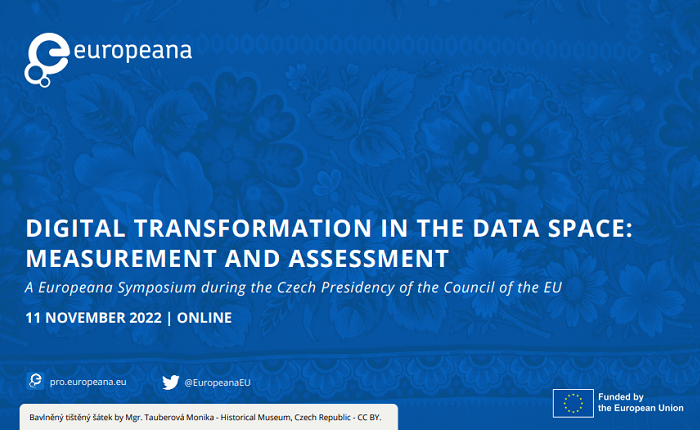
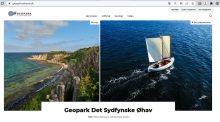
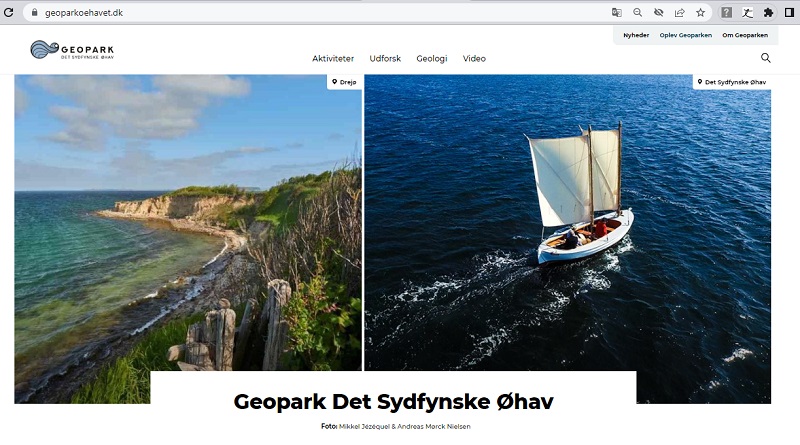
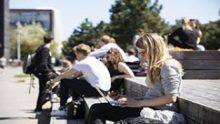
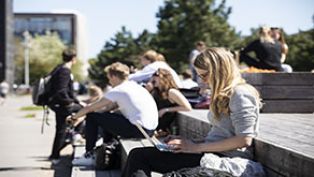


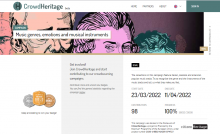
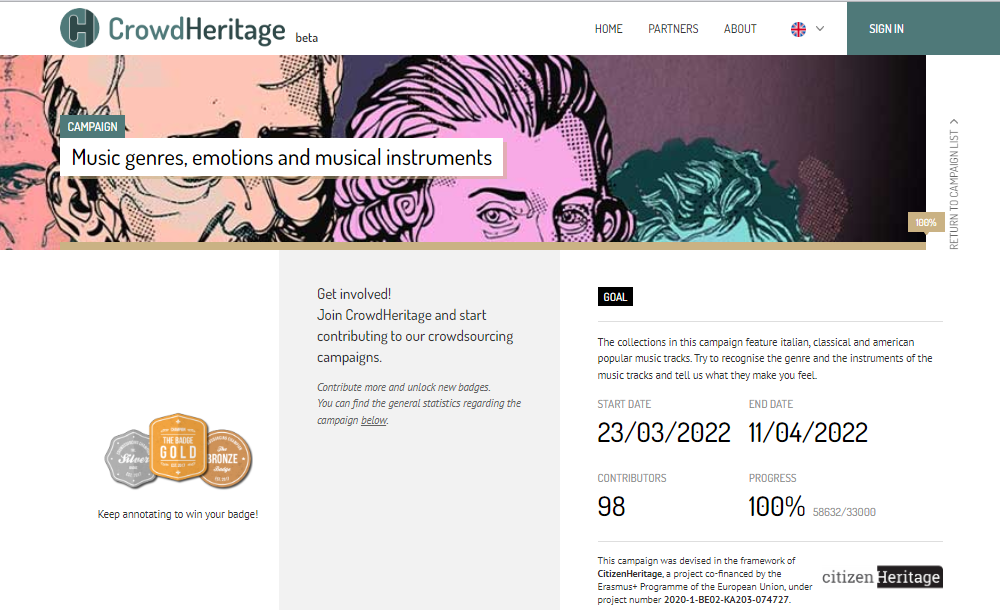

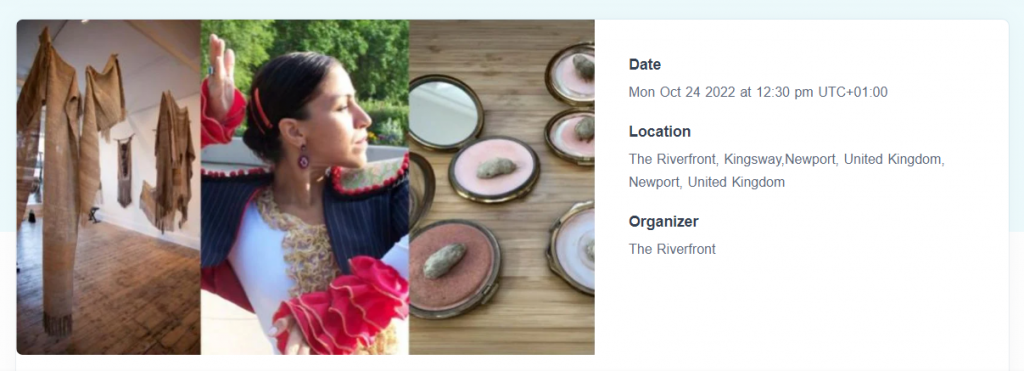
 If you have interesting news and events to point out in the field of digital cultural heritage, we are waiting for your contribution.
If you have interesting news and events to point out in the field of digital cultural heritage, we are waiting for your contribution.







































